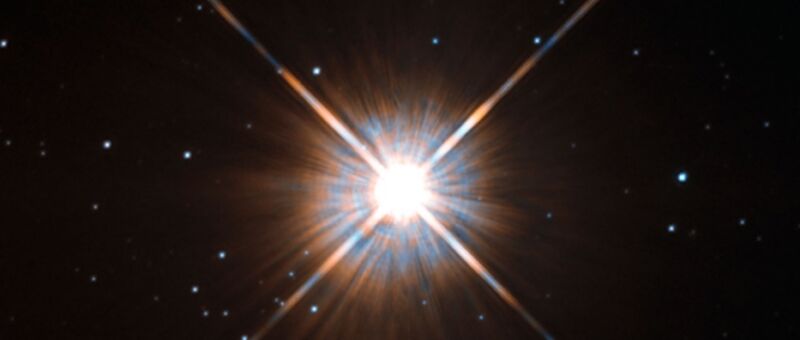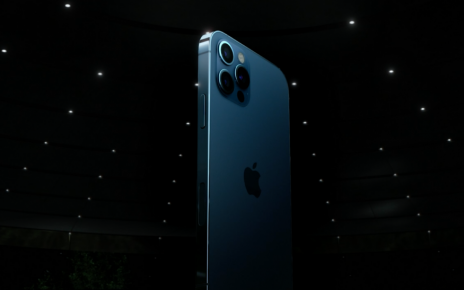
Enlarge / Proxima Centauri, the closest star to Earth aside from the Sun. (credit: ESA, Hubble, and NASA)
Modern human society has been making it ever more challenging for astronomers to get their job done. While we’ve designated radio-quiet areas and dark skies initiatives, tensions have been heightened recently by the launch of broadband-Internet satellites, which are present in rapidly growing numbers.
Recent weeks have seen the reasons for these concerns come to the fore. In early October, researchers published papers suggesting that an observation assigned to one of the most distant galaxies known was actually the product of space junk orbiting Earth. And on Monday, the Breakthrough Listen project described just how hard it worked to determine that a promising-looking SETI signal was actually the product of Earth-bound electronics.
Junk or not?
The first observation at issue was potentially the most distant supernova ever observed. The paper describing it observed a flash in the near-infrared that coincided with the location of one of the Universe’s first galaxies. If the flash originated there, the red shift caused by the intervening distance would mean that the original burst was in the UV range, suggesting it was the product of a supernova. That would mean we had observed the death of one of the first stars formed in the Universe, a potentially significant finding.





